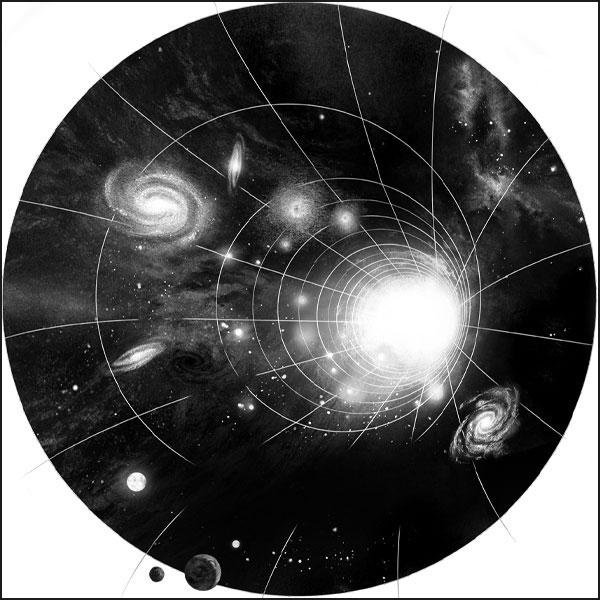NMR imaging could help predict cracks in concrete
Humidity in cement can influence its stability. A new study offers a better way to analyse it.

Being able to predict cracks in high-performance concrete can make structures safer. | Image: James Wheeler/Dreamstime.com
Cracks are a scourge of all concrete structures, weakening them and potentially causing them to collapse. A new study shows how nuclear magnetic resonance (NMR) can monitor the growth of pores inside concrete. This offers a better chance of predicting crack growth in the high-performance concrete used to make very strong structures such as bridge piers and skyscrapers.
Concrete is made by gluing together aggregates using cement powder and water. Cement hardens when water is added to it, because the calcium silicate molecules form needle-like structures when they react with the water molecules. As the reaction proceeds, the needles link together to create a solid structure with pores containing a mixture of water and air. The pressure across the water-air interface compresses the concrete, creating the stress that can lead to cracks.
Zhangli Hu at EPFL in Lausanne and her colleagues at EMPA in Dübendorf have developed a new method for predicting how relative humidity inside cement drops over time, and hence how readily cracks might form. This technique measures the relative abundance of large and small pores by placing samples of cement inside a benchtop NMR machine. Unlike direct measurements of relative humidity, this approach does not rely on the practice of breaking up samples.
NMR-based predictions got to within four percent of direct measurements when dealing with more watery cement, and even to within two percent for cement made with very small amounts of water. That makes this technique promising for the analysis of high-performance concrete, says Hu, since it contains little water and is also more prone to cracking from changes in internal humidity.
Edwin Cartlidge




